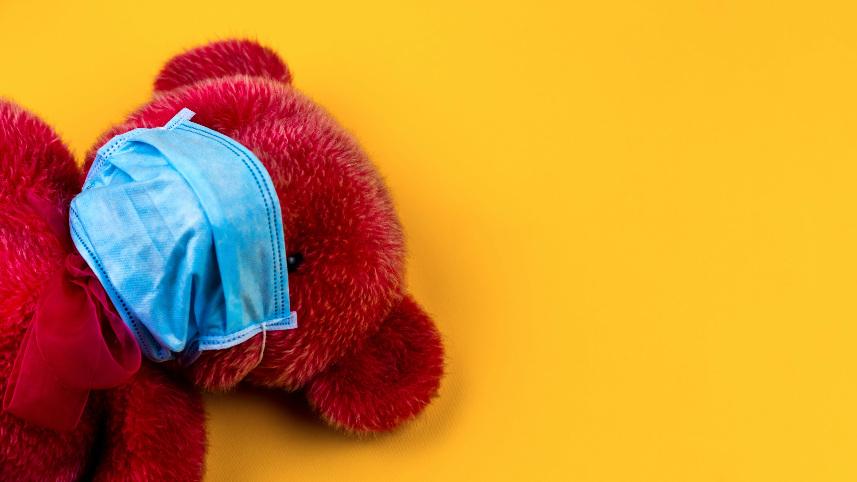Check out our entire series explaining the science involved in the coronavirus pandemic. Sign up to receive our coronavirus update each week.
My two sons attended a Catholic middle school where they had to wear a blazer and dress pants and button-down shirt and tie every day. Also shoes and socks. You might think those last two items would go without saying, but you never met my boys as teenagers. They could leave the house in the morning looking more or less presentable and come home looking like they’d been chased by zombies through the Dust Bowl all day. I have mercifully lost count of how many ties, blazers, and socks—alone or in pairs—failed to accompany them home. Another mom, unwilling to buy a new pair of shoes, physically marched her son through his school schedule until they found his shoes rolled up in the wrestling mat in the gym. And yes, he’d appeared at carpool time in his stocking feet. (“Where are your shoes?” “Shoes?”)
What on earth do these stories have to do with the coronavirus? Well, first of all, it feels like day 2,456 of the pandemic, and a little levity never hurts. But really I’m just imagining what it’s going to be like for millions of parents who will have to persuade their kids to wear masks to school—and hope that they keep them on all day.
So I thought I’d just round up some sources of advice.
For young children, I found the following list in several places (here, for example):
- Look in the mirror with your child with face coverings on and talk about the experience.
- Put a cloth face covering on a favorite stuffed animal.
- Let your child decorate their masks so they’re more personalized and fun.
- Show your child pictures of other children wearing them.
- Draw one on their favorite book character.
- Have your child wear the face covering at home to help her get used to it.



